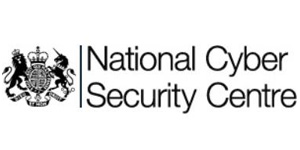Last Friday (12th May 2017), an unprecedented, large scale, global cyber-attack was launched using the ransomware WannaCry, AKA WannaCrypt, WannaCrypt0r 2.0 and Wanna Decryptor.
Currently it is believed that over 230,000 computers in 150 countries have been infected, and whilst the spread does appear to be slowing down, experts are warning that there could be further ransomware attacks this week.
The WannaCry cyber-attack has been targeting Microsoft’s Windows operating system, encrypting users’ files and demanding a ransom in return for access to said files. The ransom request is demanding payments in the cryptocurrency Bitcoin, ($300/£230), with the threat of the cost doubling if not paid within 3 days, and was displayed in 28 different languages. The attack exploits a vulnerability within the Microsoft operating system, for which Microsoft have released a critical patch to fix.
Some of the worst hit organisations by Friday’s cyber-attack are; the NHS, FedEx, LATAM Airlines and Telefonica, one of the world’s largest telecoms companies and owner of the UK’s O2 network.
The main advice from experts right now is to update Windows to ensure you’re protected, be wary of emails from unknown senders, and DO NOT pay the ransom if you have already been infected.
The UK’s National Cyber Security Centre have released guidance on how to apply the ‘patch’ to protect yourself, and what to do if you can’t:
https://www.ncsc.gov.uk/news/latest-statement-international-ransomware-cyber-attack-0
There are 5 key things that you and your organisation can do, not just to protect yourself from WannaCry or similar ransomware that we will undoubtedly see in the near future, but to maintain good IT health:
- Run Windows updates
- Use firewalls
- Use up to date anti-virus software
- Be wary when opening emails and attachments
- Regularly back up your data

